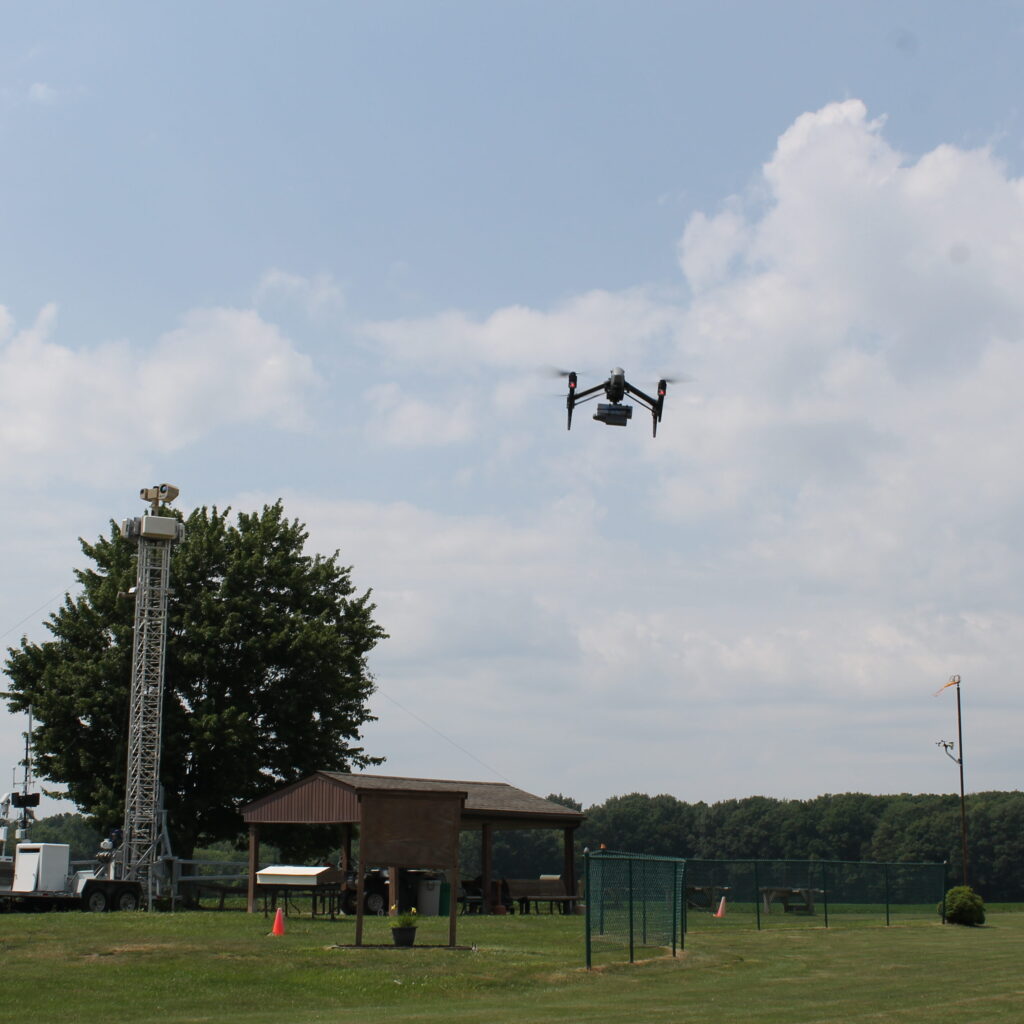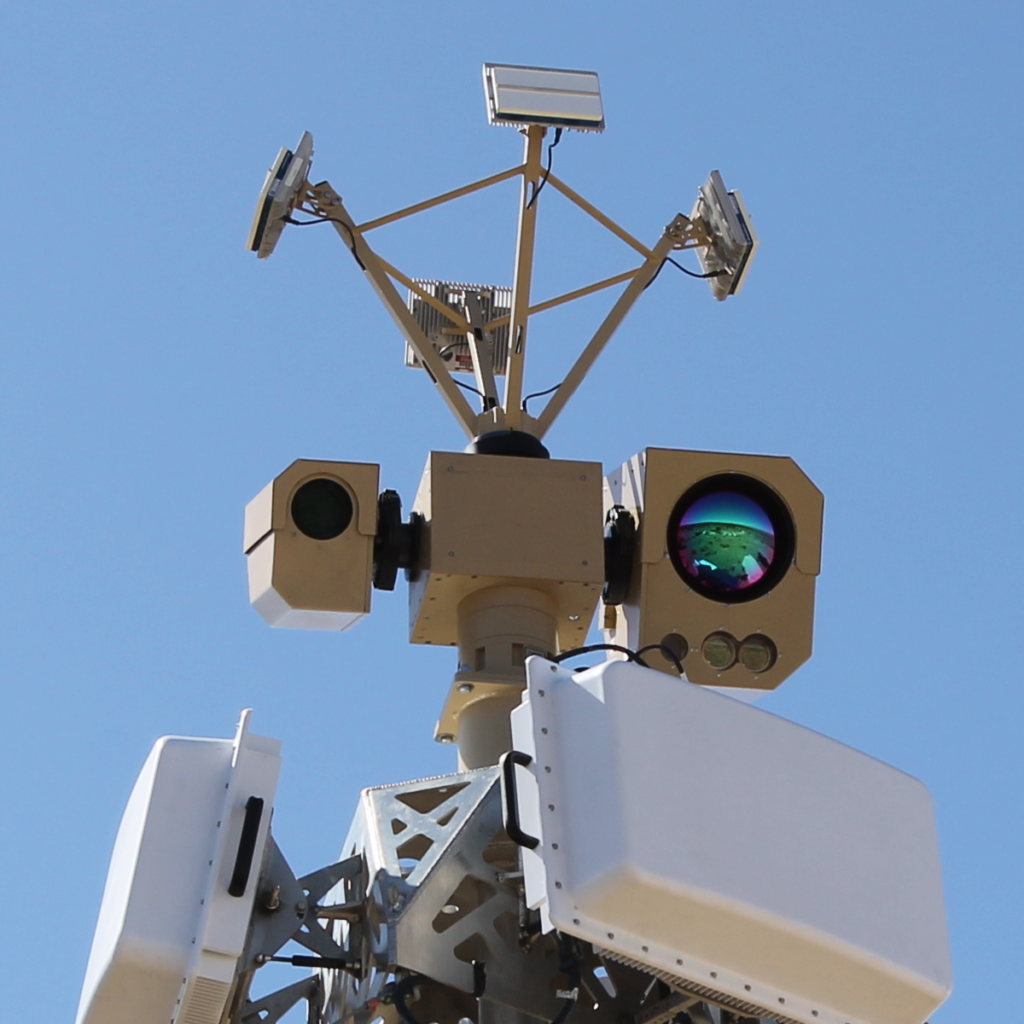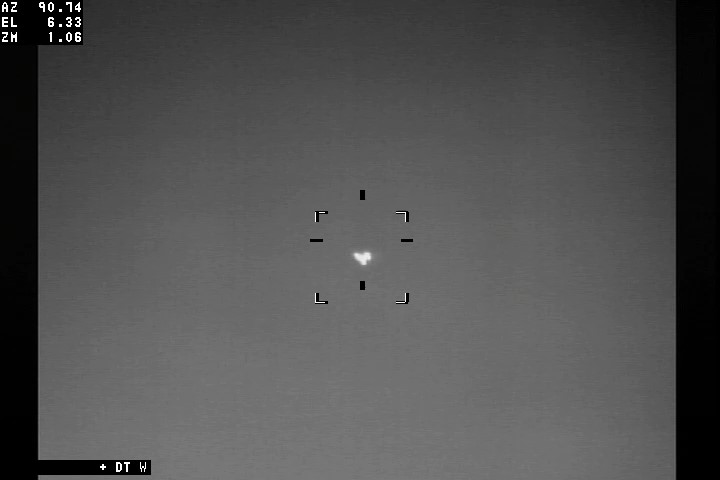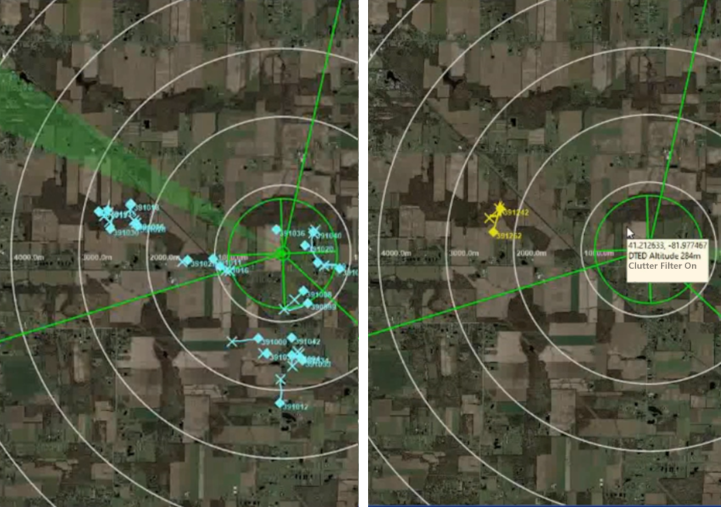Counter-UAS
Addressing Evolving Air Threats
As unmanned aerial systems (UAS) become more affordable and accessible, they present a significant security threat. These drones can perform surveillance and direct-action missions, creating a need for advanced Counter-UAS (C-UAS) solutions. IEC Infrared Systems offers a comprehensive, integrated approach to neutralize this growing threat.
Lycan: A Comprehensive Counter-UAS Solution
Our Lycan system provides a multi-layered, multi-sensor solution for detecting, tracking, and neutralizing UAS threats. Designed for ease of use, Lycan offers versatile functionality, including ground surveillance. Its modular architecture allows seamless integration with existing Command and Control (C2) systems, ensuring effective protection against evolving UAS threats.


Counter-UAS Mitigation Methods
IEC offers both kinetic and non-kinetic countermeasures to address UAS threats:
- Kinetic Mitigation: Deploys an interceptor drone to physically capture the threatening UAV, especially effective against drones resistant to electronic countermeasures.
- Non-Kinetic Mitigation: Utilizes RF jamming (directional and omnidirectional) to disrupt UAV operations and prevent hostile actions.


Why Choose IEC Infrared’s Counter-UAS Solutions?
Many counter-drone systems struggle with detecting false targets, such as birds, which can overwhelm operators and reduce system effectiveness. Lycan takes a different approach. Rather than the unguided neural network approach of so many others (which are typically around 55%-60% effective at reducing clutter), our proprietary heuristic approach scores >90% effective, making Lycan the easiest to use, most effective C-UAS system on the market.

